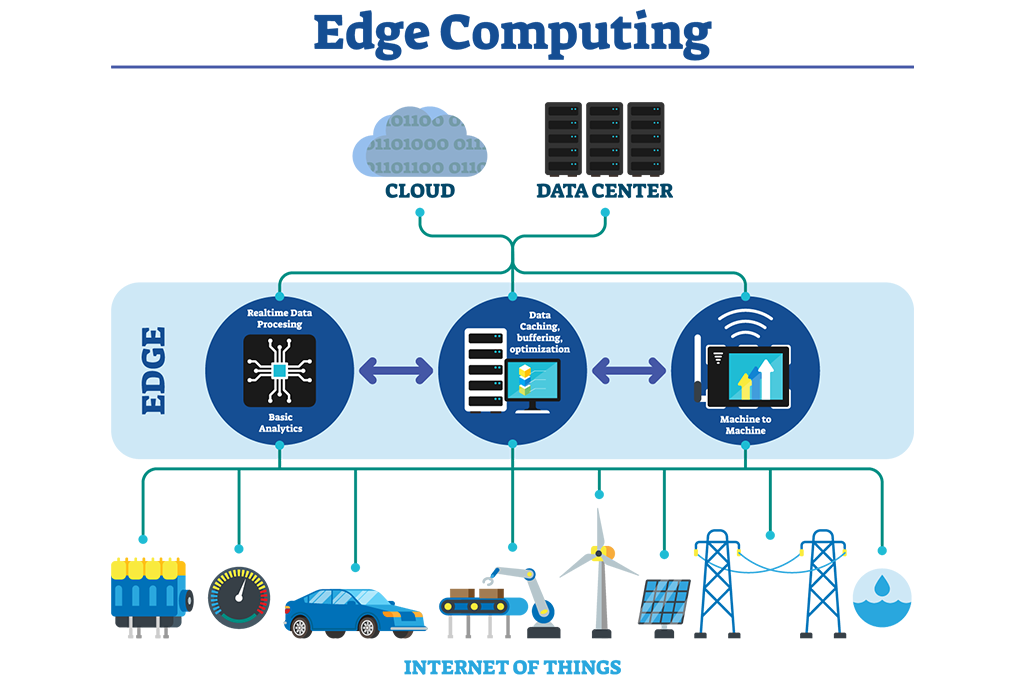Edge AI computing is an emerging technology that is revolutionizing the way we use data to make decisions. It is a combination of artificial intelligence (AI) and edge computing, which allows for data processing to take place on the edge of a network, near the source of the data.
Edge artificial intelligence computing also enables devices to process data in real time, allowing for faster and more accurate decision-making.

Image Source Google
Benefits of edge AI computing
Edge AI computing provides a number of benefits, including:
• Faster Decision-Making: Edge AI computing allows for data to be processed in real-time, which makes it easier to make quick decisions.
• Improved Security: By processing data at the edge of the network, edge AI computing improves security as data does not need to be sent to a central server.
Here are a step-by-step guide to how edge AI computing works
Gather data – Edge AI computing begins with the collection of data. This data can come from a variety of sources, such as sensors, cameras, and other devices.
Pre-process data – Once the data has been collected, it needs to be pre-processed to make it suitable for machine learning. This process includes cleaning, normalizing, and organizing the data.
Train model – After the data is pre-processed, a model can be trained on it. This model is responsible for recognizing patterns and making predictions based on the data.
Deploy model – Once the model is trained, it can be deployed to the edge. This allows the model to be used in real-time, without the need for a centralized server.
Monitor performance – The model’s performance needs to be monitored and optimized over time. This can be done using metrics such as accuracy, precision, and recall.
Update model – As new data is collected, the model can be updated to improve its accuracy. This ensures that the model remains accurate and up-to-date.

